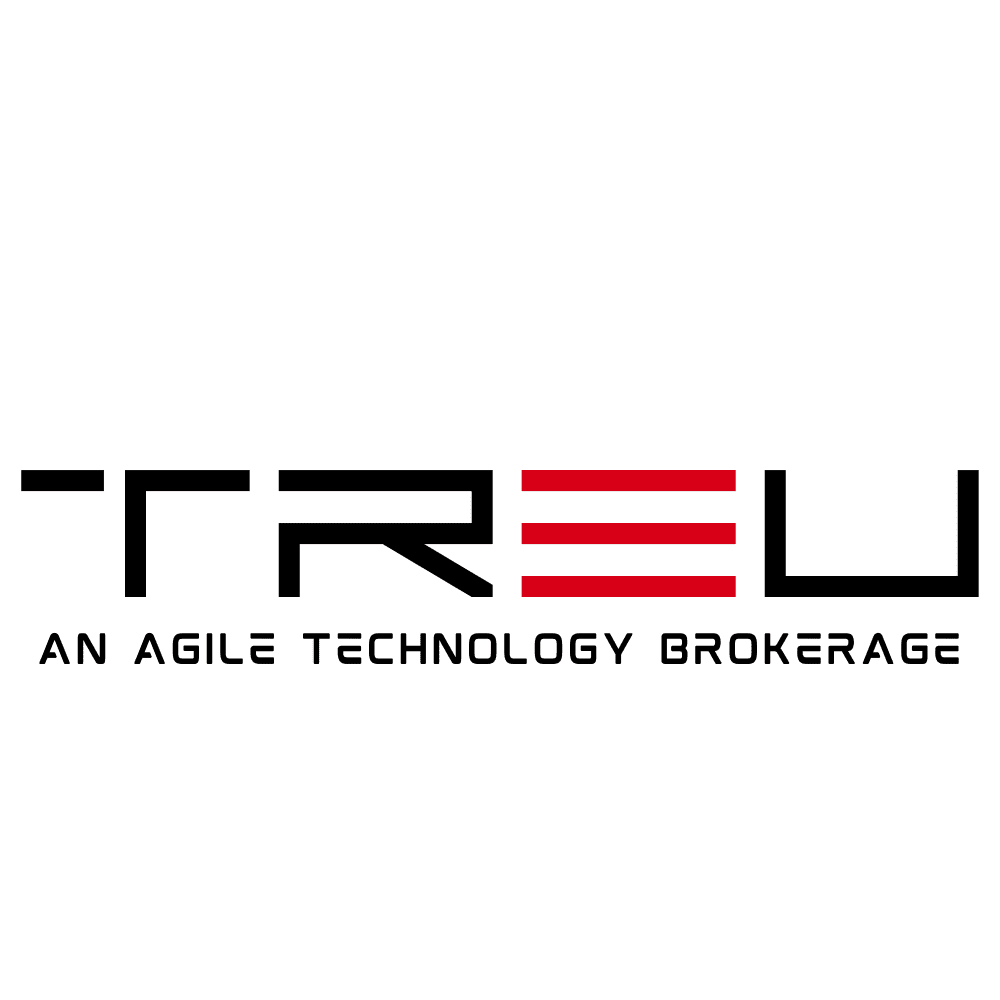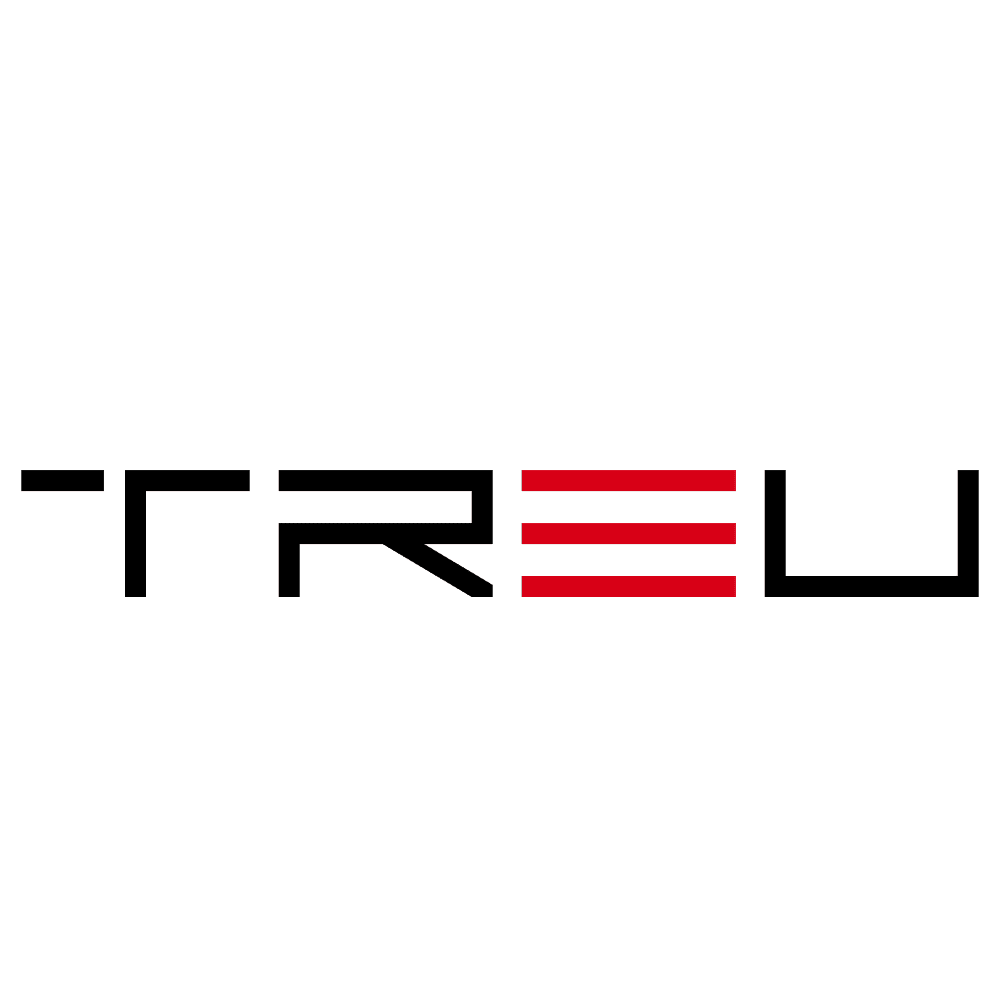DeepSeek AI: CIOs Weigh Cost Savings Against Privacy Risks
In the fast-paced digital landscape, pressure mounts on Chief Information Officers (CIOs) to find innovative solutions that cut costs, boost efficiency, and improve operational performance. Enter DeepSeek AI, a cutting-edge technology leveraging artificial intelligence (AI) to revolutionize data processing and analytics. Promising significant cost savings and faster decision-making, DeepSeek AI has captured the attention of global CIOs. However, this allure is tempered by looming concerns over data privacy, regulatory compliance, and ethical risks associated with AI adoption.
This blog explores the potential benefits and challenges of DeepSeek AI, addressing how decision-makers can balance innovation with responsibility in a highly regulated digital era.
DeepSeek AI – The Next Big Leap in Technology?
DeepSeek AI is making waves in technology by introducing advanced AI-driven tools capable of conducting deep data analysis at unprecedented speed and accuracy levels. Its selling point lies in its ability to:
- Lower operational costs by automating traditionally labor-intensive data processes.
- Enable predictive analytics for better-informed decision-making.
- Integrate insight generation seamlessly with existing enterprise systems.
According to early adopters, this technology has transformed data handling, reducing overhead costs by up to 30% in some industries. What’s more, its high scalability allows enterprises to deploy DeepSeek AI across a variety of use cases—from customer behavior predictions to supply chain optimizations.
But while the promise of efficiency and savings may seem irresistible, Digging deeper reveals significant concerns surrounding data utilization and privacy. Let’s delve into what these challenges mean for organizations eager to adopt such transformative technology.
The Unmatched Value Proposition Offered by DeepSeek AI
Savings on Operational Costs
CIOs seeking to optimize expenses while expanding enterprise capabilities regard DeepSeek AI as an investment with a measurable ROI. For instance, by automating resource-heavy processes like data cleaning, categorization, and real-time reporting, companies save both time and money. What once required large IT teams can now be accomplished with the click of a button.
Agility and Scalability
The scalability of this technology is particularly attractive to companies handling massive, ever-growing data volumes. Whether serving a start-up or a multinational corporation, DeepSeek AI is designed to adapt to the size of operations without compromising performance. It allows enterprises to scale their data processing capabilities on-demand, ensuring businesses stay competitive in their respective industries.
Predicting Market Trends in Real-Time
Modern businesses thrive on staying ahead of the curve, and DeepSeek AI’s predictive analytics enable exactly that. The ability to identify behavioral trends in real-time means companies can reap the rewards of proactive trend forecasting, improving customer satisfaction and operational agility in numerous scenarios.
Where DeepSeek AI Falls Short – Data Privacy and Beyond
While the value proposition of DeepSeek AI is clear, critics warn that these benefits may come at a cost beyond dollars and cents. The concerns surrounding DeepSeek AI are no longer hypothetical; they are rooted in the growing complexities of global data protection and privacy regulations.
Data Privacy Concerns
Deploying AI heavily reliant on deep data means that enterprises must be transparent about the collection, storage, and usage of personal and business-critical information. Ignoring or sidestepping these concerns exposes organizations to compliance risks under regulations like:
- Global laws such as the European Union’s GDPR (General Data Protection Regulation).
- Consumer protection laws in the United States, including CCPA (California Consumer Privacy Act).
While DeepSeek AI assures users of sophisticated encryption and anonymization protocols, its pervasive access to sensitive data threatens greater scrutiny—and, potentially, litigation—if inadequately safeguarded.
Regulatory Challenges
Another major sticking point for CIOs is the quickly-evolving regulatory framework surrounding AI technologies. Governments are rushing to create legal and ethical AI frameworks, but with regulatory clarity lagging behind innovation, enterprises are navigating murky legal waters when adopting tools like DeepSeek AI.
Non-compliance could lead to:
- Hefty fines or significant operational disruptions.
- The loss of customer trust, particularly when sensitive data is included.
The Impact of AI Bias
AI systems are only as reliable as the data they ingest. When CIOs deploy DeepSeek AI, they must commit to continuous system evaluation to identify and mitigate built-in biases within those datasets. Unchecked bias leads to unfair practices, ranging from discriminatory hiring algorithms to uneven resource allocation—potentially tarnishing both reputation and consumer loyalty.
Balancing Innovation with Responsibility
Adopting AI innovations such as DeepSeek requires CIOs to strike a balance between reaping cost advantages and adhering to ethical business practice standards. Here are steps decision-makers can take to move forward with accountability:
Conduct Comprehensive Data Audits
Before implementing DeepSeek AI or any AI platform for that matter, businesses need to evaluate existing datasets for privacy compliances and potential biases. A comprehensive data governance strategy ensures that organizations comply with global data laws and avoid costly missteps from day one.
- Establish clear policies on what data types the AI system can process.
- Implement transparency policies related to customer data usage.
- Regularly engage third-party audits to spot hidden vulnerabilities.
Partner with Reliable Vendors
DeepSeek AI is often bundled as a service through external vendors, and it’s essential that CIOs critically evaluate potential providers. Choosing experienced partners that prioritize data privacy, ethical considerations, and compliance will significantly reduce risks.
Maintain Continuous Monitoring
AI performance is iterative, requiring constant improvements. Enterprises should maintain monitoring systems that ensure:
- No privacy violations occur during daily use.
- Compliance standards are regularly updated according to local and international frameworks.
- AI datasets—and resultant predictions—remain free from implicit or explicit biases.
Encourage a Multi-Disciplinary Approach
Adopting DeepSeek AI should extend beyond technology teams. Involving legal advisors, compliance officers, and cybersecurity experts ensures that employees at all organizational levels focus on aligning AI deployment with company values and legal guidelines.
What Lies Ahead for DeepSeek AI?
As enterprises globally enter a new era of AI-powered data transformation, the potential impact of technologies like DeepSeek AI cannot be overstated. Early adopters who prioritize careful planning, ethical AI development, and strong data security protocols stand to position themselves as industry leaders in their respective sectors.
However, the road ahead is filled with landmines of complexity, from stringent privacy regulations to the challenges of mitigating algorithmic bias. For decision-makers, understanding and navigating these hurdles is the key to ensuring that the rewards of adopting DeepSeek AI outweigh the potential risks.
Conclusion: Is implementing any AI Model Worth It?
The answer to this question depends on how well CIOs prepare their organizations for the challenges of responsible AI adoption. The cost savings and efficiency gains presented by AI are undeniable, but these promises come with high stakes. Business have historically proven an inability to tie ROI to technology investments. Businesses must proceed with care, ensuring they have the frameworks in place to tackle data privacy concerns and regulatory uncertainties.
Ultimately, those able to implement AI while addressing these ethical and operational considerations will find themselves at the forefront of innovation—positioned for success in a rapidly evolving digital age. For others, failing to address this balance could lead to costs far exceeding the savings promised by the technology.
The choice is clear: progress responsibly or risk losing control of the valuable trust earned from customers and regulators alike.

